Complete Guide on Wine Serving Temperatures
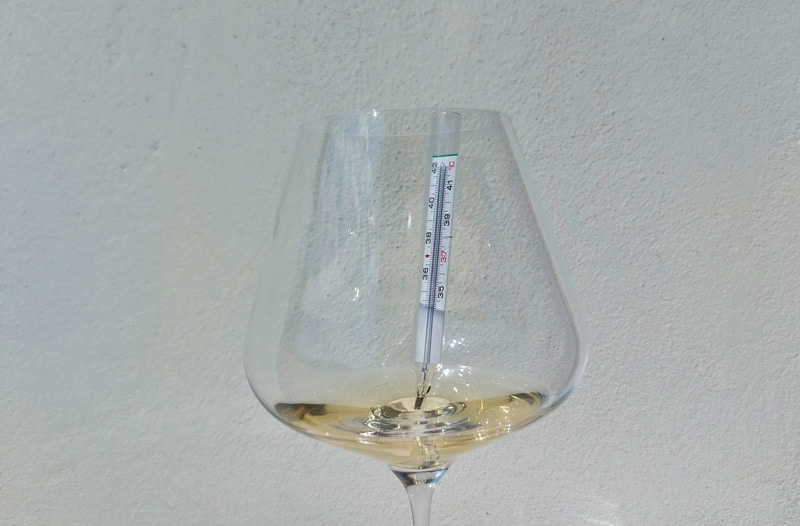
Which is the best temperature to serve your wine? Have you ever had warm lemonade? Or worse, warm, bland beer? Wine, just like many beverages, deserves to be served at the correct temperatures. You probably have an upcoming dinner or event or want to enjoy a glass of good wine at home. If you love wine, you may already know that how you open the wine, serve it, and at what temperature – is important. In this guide, you’ll learn why the right serving temperature for wine matters so much. Plus: we’ll also show you quick ways to chill your wine, how to store it properly, and give you tips for serving it just right.
Ideal serving temperatures for different types of wine
Here are some guides on the ideal serving temperature for different types of wine.
- Sparkling wines: between 40-46°F (5-8°C)
- Rosé and light to full-bodied white wines: between 44-55°F (7-12°C)
- Light and medium-bodied red wines: between 55-59°F (13-15°C)
- Bold red wines: between 60-68°F (15-20°C)
- Dessert wines:
- Ice wine: 50ºF (10ºC),
- Port: Tawny Ports at 55°F to 58°F (12-14°C), Vintage and Ruby Ports at 60°F to 64°F (15-18°C).
- Sherry: drier, lighter styles such as Fino and Manzanilla between 44-48°F (7-9°C), Pedro Ximenez around 57°F (14°C).
- Madeira: dry and medium dry styles at 53°F (12°C), medium rich and rich styles at 60°F (16°C).
- Old, vintage, and archive wines: between 60-64°F (16-18°C)
Why are wine serving temperatures important?
Serving wine at the right temperature is crucial for unlocking its full potential. Different wines flourish at different temperatures, highlighting flavors, aromas, and textures that might remain hidden otherwise.
In summary, wine temperature will affect the wine’s taste, smell, and overall quality. As much as wine glasses can enhance your overall wine-tasting experience.
For instance, serving red wine too warm from the wrong glass can make it taste flat and overly alcoholic; while serving white wine too cold might suppress its aromatic qualities.
When we are enjoying wine at home, we sometimes pop it in the fridge and assume that that’s all we need to do. This guide will challenge any assumptions and give you tips that help you maximize your enjoyment.
The wine serving temperature is how hot or cold it is when you pour it for consumption.
Temperature plays a key role in how we perceive taste and aroma—the cornerstones of enjoying wine.
To get the best out of your wine, you have to store it well and show appreciation for the fine art of wine service.
On the other hand, if you’re buying it, Ensure you buy your wine from high-quality wine stores.
Your wine should be stored away from the sun and temperature fluctuations.
Tips for wine serving temperatures
Here are some detailed guides and tips to serve your wine at the correct temperature.
Red wine serving temperatures

Keeping red wine at the right temperature is key to enjoying its full flavor. The best red wine serving temperature is from 60°F to 68°F (15°C to 20°C).
This range allows the wine’s aromas and complexity to surface.
Too cold, and you’ll miss out on the depth; too warm, and it might taste overly alcoholic.
For those of us who love a glass of red, paying attention to storage before serving makes all the difference.
Store your bottles in a cool place away from direct sunlight. If you’re getting ready for a special dinner or simply want to unwind, give your red wine some time outside the fridge to hit that sweet spot of temperature perfection.
However, you will often notice that different red wines also have different serving temperatures.
We can adjust temperatures slightly based on personal preference without straying far from these guidelines.
And trusting our palate plays a big part in this process.
Some may prefer their full-bodied varieties a bit warmer within that range for enhanced richness.
On the other hand, some of us are more likely to put lighter-bodied red wines in a wine refrigerator to enjoy their refreshing character more.
Many wine lovers in our close circle opt to slightly chill red wine before serving it (especially during summer months).
In some instances, you can put some light and medium-bodied red wines in the fridge for about 10 to 15 minutes, to get it just below room temperature at 55–59°F (13–15 °C).
Another tip for serving red wine properly is – aeration.
Red wine, on most occasions, is served in a glass with a wide bowl so that the wine “opens up” or aerates. There are specific red wine varietal glasses, as well.
It also needs lots of swirling. You should not hold the bowl of the wine glass with the palm of your hand as your body heat will warm up the wine slightly.
This explains why people hold wine by the glass stem.
Most red wine benefits from aeration.
A common way to aerate more complex red wine (or aged wines) is by decanting it.
Decanting wine is putting wine in a large vessel (wine decanter) for it to be exposed to air.
In this “breathing” process, the wine gets aerated and develops a better taste.
PS. – To know when it’s advisable to decant wine, read our article on the topic of when not to use wine decanter. 🙂
White & rosé wine serving temperatures

White and rosé wine should be served between 44 – 55°F (7 – 12°C) in appropriate white wine glasses.
Served in this range, white wines reveal their full spectrum of flavors and aromas.
Cooling your bottle to this optimal temperature enhances the crispness and freshness.
Whites such as Chardonnay, Sauvignon Blanc, and Riesling express their unique character best when they’re slightly chilled but not too cold.
After buying these wines, you can store them in the wine fridge where the temperatures are not too low.
White and rosé wines do not need to be placed in an ice bucket if you will consume them within an hour or so. Although, that’s not the case during the hot, summer months.
During summer vacation, you can chill the wine as you drink it.
You can put the bottle on the table during dinner, and the aromas will also change as the wine slowly warms up.
Sparkling wine serving temperatures
The best sparkling wine serving temperature is 40 to 46°F (5–8°C).
For all types of sparkling wine such as Champagne, Cava, Sekt, Prosecco, etc. you should put it in the wine cooler for a couple of hours before opening it.
If you do not have time, check out our article on how to chill a bottle of wine – quickly and effectively!
Sparkling wine is served cold because it preserves delicious crispness, perfect effervescence, and refreshing taste.
You will want to preserve the bubbles as much as possible.
If you serve the wine when it is warm, it will get foamy like how a warm soda would get. Ensure to serve them in the appropriate sparkling and Champagne wine glasses.
For more information, explore our tips and tricks for serving sparkling wines properly.
Dessert wine serving temperatures
Due to the diverse styles of dessert wines, the ideal serving temperature depends on the following:
-
- Ice wine should be served at 50ºF (10ºC),
- Port wines should be served at
- Tawny Ports at 55°F to 58°F (12-14°C),
- Vintage and Ruby Ports at 60°F to 64°F (15-18°C).
- Sherry wines should be served at
- drier, lighter styles such as Fino and Manzanilla between 44-48°F (7-9°C),
- Pedro Ximenez around 57°F (14°C).
- Madeira wines should be served at
- dry and medium dry styles at 53°F (12°C),
- medium rich and rich styles at 60°F (16°C).
Wine serving temperature table
Below are the guidelines for optimal serving temperatures. Wines can be served a few degrees warmer or cooler and still taste great.
| TYPE | WINE | SERVING TEMPERATURE IN CELSIUS | SERVING TEMPERATURE IN FAHRENHEIT |
| Red wine | Merlot / Cabernet Sauvignon / Plavac Mali | 18˚C | 64˚F |
| Pinot Noir / Teran | 16˚C | 61˚F | |
| Syrah/Shiraz / Zinfandel | 18˚C | 64˚F | |
| White wine | Riesling/ Sauvignon Blanc / Graševina | 8˚C | 47˚F |
| Chardonnay / Pošip | 9˚C | 48˚F | |
| Sparkling wine | Champagne method | 7 ˚C | 45˚F |
| Charmat method | 5˚C | 41˚F | |
| Rose wine | Rose | 12˚C | 54˚F |
| Dessert wine | Sweet wine | 6˚C | 43˚F |
Wine body guide – Light, medium, and full-body
If your wine is not mentioned in the chart above, you can still find a comfortable wine serving range.
Sometimes, people also cool the wines based on the wine body description.
The weight and richness of wine in your mouth is the body.
For example, your tongue can tell the difference between skimmed milk and full-cream milk, and so does of wine.
| TYPE | SERVING TEMPERATURE | PREPARATION |
| Full-bodied red wines | 16-18˚C (61–64°F) | 30–60 minutes at room temperature |
| Light and medium-bodied red wines | 12-16˚C (55–61°F) | 0–30 minutes at room temperature |
| Full-bodied white wines | 9-12˚C (50–54°F) | 3–15 minutes on ice bucket |
| Light and medium-bodied white wines | 6-10˚C (43–50°F) | 15–30 minutes on ice bucket |
| Light and medium-bodied sparkling wines | 6-10˚C (43–50°F) | 15–30 minutes on ice bucket |
You can use this chart to learn more about wine serving temperatures.
Important wine serving tips
- If you can smell the alcohol burning your nose, then your wine may be too warm.
- If you cannot smell anything, your wine may be too cold. This happens when you store red wines in the fridge for a long time. In the world of wine, red wines should not be too cold, and white wines should not be too warm.
- Another rule of thumb is to never serve wine above 68 °F (20 °C). Beyond this temperature, your wine experience will not be great.
- When serving, extremely cold temperatures will mute the wine’s aromas, and too much heat will dull or destroy the wine flavors.
- Another important thing to note is the glassware that you use.
- Different glasses affect a wine’s temperature and quality in different ways. Because red wines are best served in open glasses, they get warmer faster. That is not a problem when it comes to this type of wine. However, white wines are served in narrower glasses. Sparkling wines are commonly served in tulip glasses to preserve the bubbles and prevent your chilled wine from getting too warm and, in turn, ruining the experience and taste.
- You can get a wine refrigerator if you want to maintain the right wine temperature. A wine fridge will ensure that you do not have to worry about wine storage.
How to serve wine at the correct temperature
Serve wine at the correct temperature by using a thermometer to gauge the ideal cooling point. Decant for faster cooling and serve straight from the fridge for a perfect pour.
Using a wine thermometer
For ideal wine serving, use a thermometer to check the temperature of your wine.
This wine gadget guarantees that the flavors are experienced just as intended by the winemaker.
Deploying a thermometer allows for precise control over the serving temperature.
This simple tool helps avoid serving wines too cold or too warm, preserving their distinct characteristics.
Decanting for faster cooling
Efficiently decants any 750-mL bottle of wine with an easy-to-use slanted spout, featuring an attractive and easy-to-clean design.
Decanters play a vital role in wine serving and are more than just elegant containers. They help separate aged wine from sediment, allowing it to breathe and enhancing its flavor and aroma.
When pouring wine into a decanter, the liquid’s exposure to air triggers oxidation, softening tannins, improving texture, and intensifying the bouquet.
The wide base of a decanter ensures maximum surface area contact with air, expediting the aeration process for red wines or mature whites.
Decanting is an essential step for older vintages but can also benefit younger wines by promoting rapid development.
A good quality decanter not only adds elegance but also serves as an efficient tool for refining the taste of your favorite wine varieties. Choosing one that complements your style while meeting practical needs is crucial.
Utilize a wide-mouthed carafe if you’re in a hurry.
Or check our top 7 wine decanters for every occasion.
Serving wine straight from the fridge
Our favorite pick! We love the temperature control, performance, value, quality, and appearance. Works perfectly and is a great purchase.
- Compressor cooling
- Dual zone functionality
- Easy-to-use digital touchscreen
- Capacity and design
- Warranty and reputation
- Compressor noise
- Price
Transitioning from decanting for faster cooling to serving wine straight from the fridge, we can ensure our wine reaches the ideal temperature for serving.
Placing a white wine bottle in the refrigerator for 2-3 hours or chilling it in an ice bucket for 15 minutes can bring it to the perfect serving temperature.
For red wines, allowing them to rest in the fridge for about half an hour will achieve a suitable temperature range.
This simple step ensures that your wine is at its best when served.
Additional wine serving accessories
From elegant decanters to practical wine pourers, these wine accessories will make the most of every sip.
Wine aerators
Wine aerators are accessories that can further enhance the wine-serving experience.
Aerators accelerate this process by introducing air to the wine as it’s poured, immediately improving its taste profile for an enjoyable sipping experience.
These tools are essential for enhancing your wine’s aroma and flavor.
Wine pourers
User-friendly, simple to use, effective, and quality set with great gifting potential. Comes in elegant package design.
Wine pourers are essential accessories for serving wine with precision and elegance.
These handy tools help control the flow of wine, preventing drips and spills while aerating the liquid as it’s poured into your glass.
By using a wine pourer, you can enhance the flavors and aromas of your favorite wine, ensuring that each pour is a delightful experience.
With their simple yet effective design, wine pourers are a practical addition to any wine lover’s collection of accessories.
Wine bottle stoppers
We like the appearance, performance, functionality, and usability. The set includes an electric bottle opener, wine aerator, electric vacuum preserver, wine stoppers, foil cutter & charging base.
Wine bottle stoppers come in various materials such as cork, silicone, or stainless steel, and they effectively seal the wine bottle to keep it fresh for longer periods.
When choosing wine bottle stoppers, look for options that are durable and provide a snug fit for different types of bottles.
Consider investing in vacuum-sealed stoppers that remove excess air from the bottle, further enhancing preservation.
With the right choice of stopper, you can enjoy your favorite wines over multiple sittings without compromising on taste or quality.
Proper wine storage for serving
To maintain wine quality, you should:
- ensure proper storage conditions,
- control cellar temperature,
- maintain appropriate humidity levels and
- avoid exposure to direct sunlight for optimal preservation.
With the rising popularity of wine, enthusiasts worldwide are turning to wine cabinets and wine coolers to safeguard their collections. While some may question their value, these appliances provide ideal storage conditions, ensuring wines age gracefully and retain their exquisite flavors.
Temperature control
Maintaining temperatures between 55°F and 65°F (12-18°C) is crucial for preserving wine flavor.
Humidity levels should be around 70% or more to prevent corks from drying out and spoiling the wine.
Shielding bottles from direct sunlight is equally essential, as UV rays can taint the flavors.
Additionally, avoid temperature fluctuations that could harm the aging process of your prized wines.
Creating an environment with stable temperatures supports proper wine preservation. ž
When properly calibrated, it encourages optimal maturity and preserves exquisite subtleties in various varietals over time.
Importance of humidity
Humidity is crucial for wine storage as it keeps corks from drying out and maintains the integrity of the wine. Proper humidity, between 70-80%, prevents mold growth and oxidation which can affect taste.
This environment ensures that your wine ages gracefully and retains its quality over time.
Maintaining optimal humidity levels contributes to a superior wine tasting experience, enhancing the complexity and aroma of the wine.
Consistency in humidity level is key for preserving your cherished collection.
Avoiding direct sunlight
To preserve the quality of your wine, store it away from direct sunlight. Sunlight can alter the flavors and aromas of the wine, affecting its aging process.
Additionally, ultraviolet light can cause chemical reactions in the wine that may lead to unpleasant tastes.
Therefore, it’s crucial to shield your precious bottles from direct sunlight exposure to maintain their optimal flavor and aroma profiles as they mature over time.
By keeping your wine away from direct sunlight, you ensure that it ages gracefully and retains its intended characteristics.
This simple step contributes significantly to preserving the integrity and distinctiveness of each bottle in your collection.
Conclusion
Although these are the standard wine-serving rules, always experiment on your own at home.
Perhaps you will love something else.
Wine tasting at home can be a fun experience because you learn what you like and can try different things. An aspect of personal preference also comes into play.
Look at what works for you.
However, when you are serving guests, these standards will come in handy.
Comments
Write a comment
You must be logged in to post a comment.

















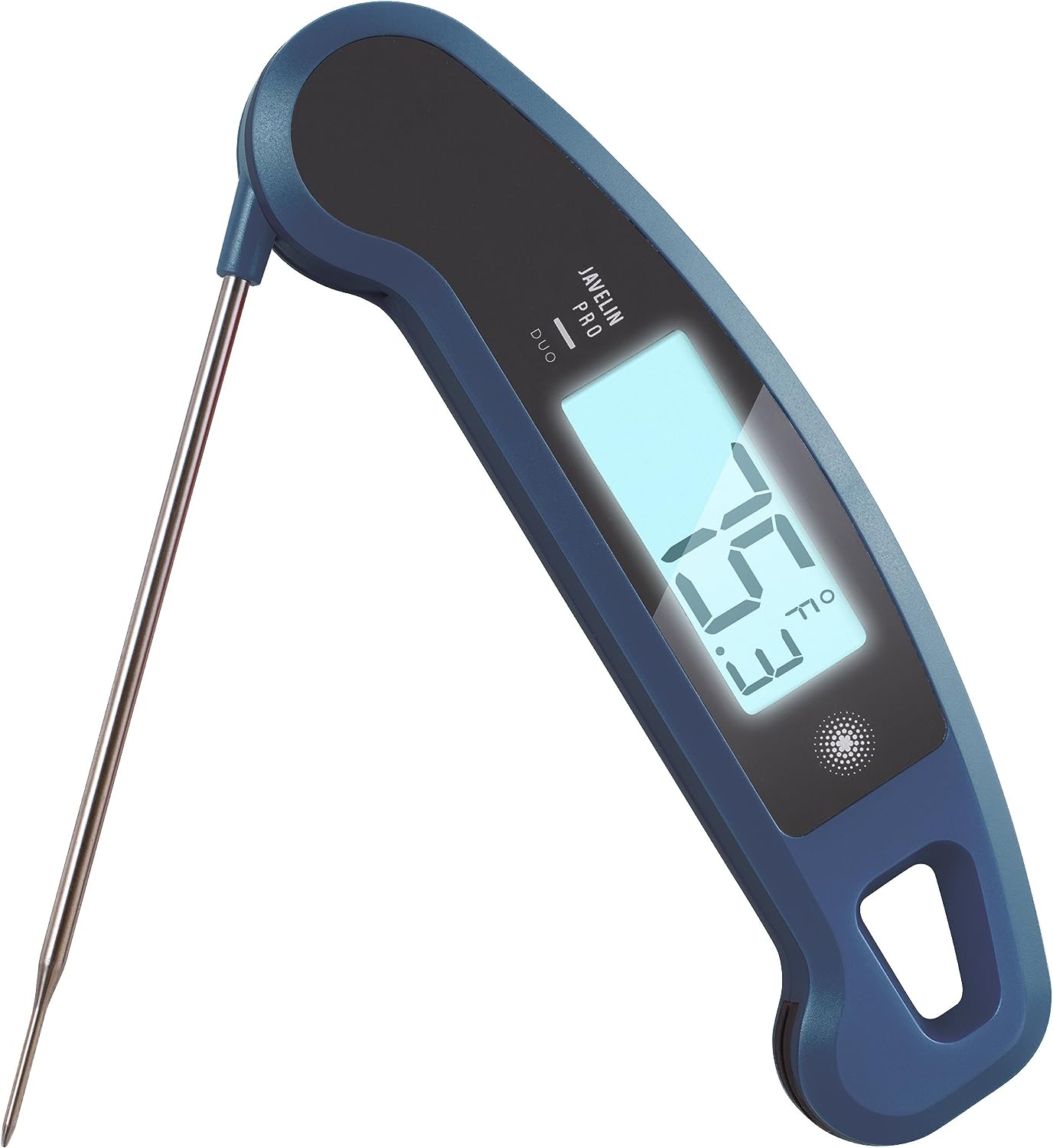
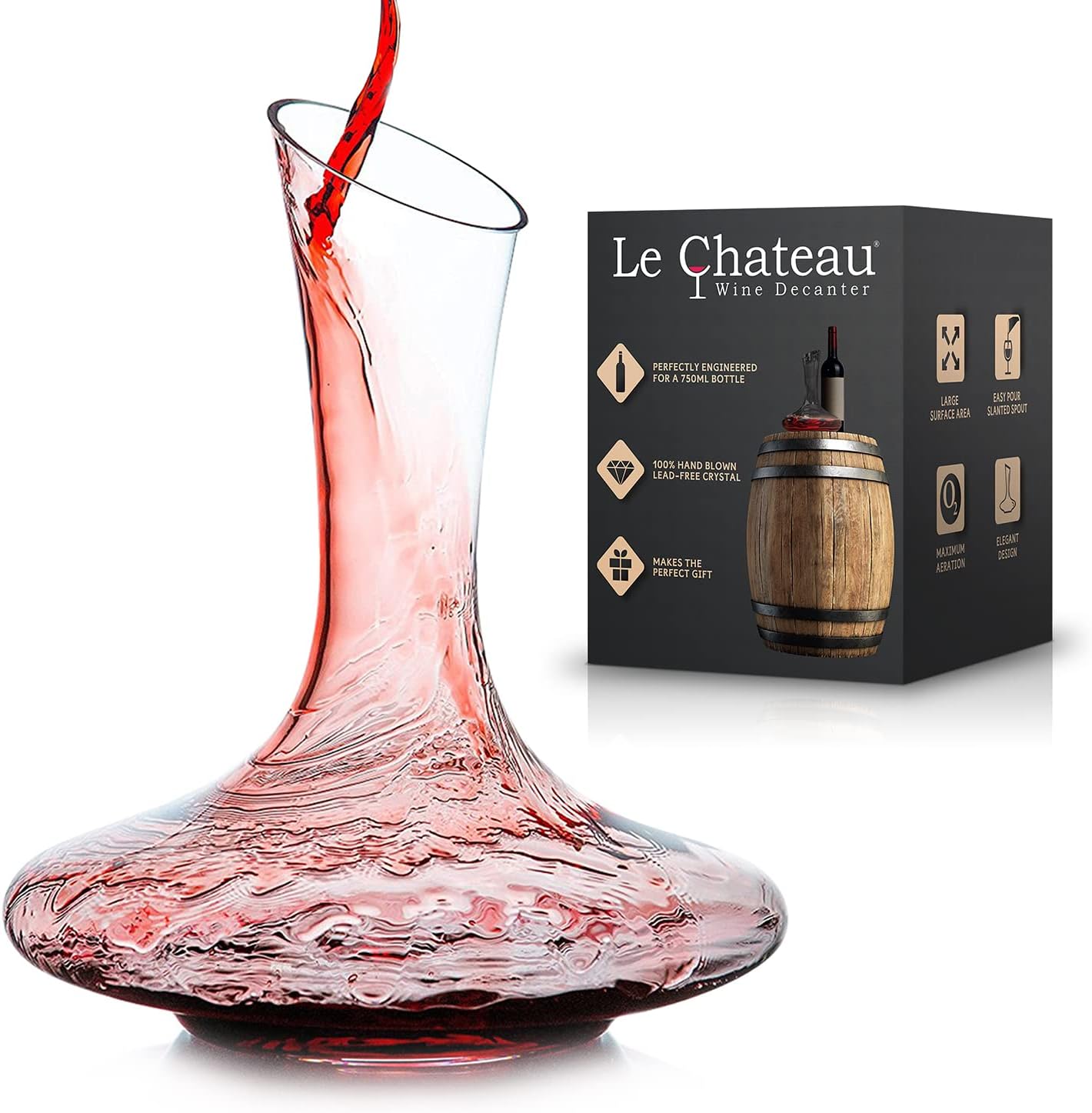
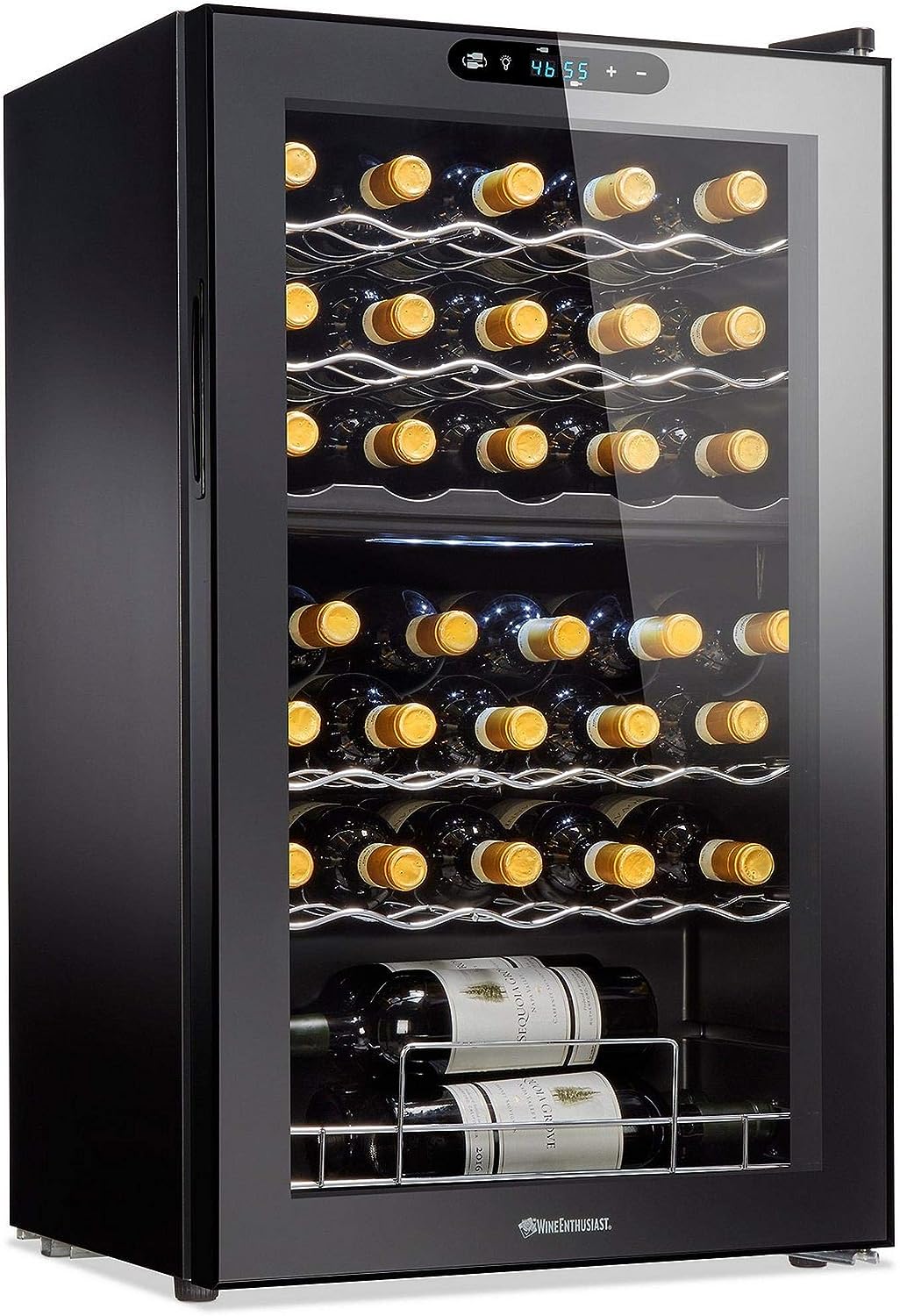
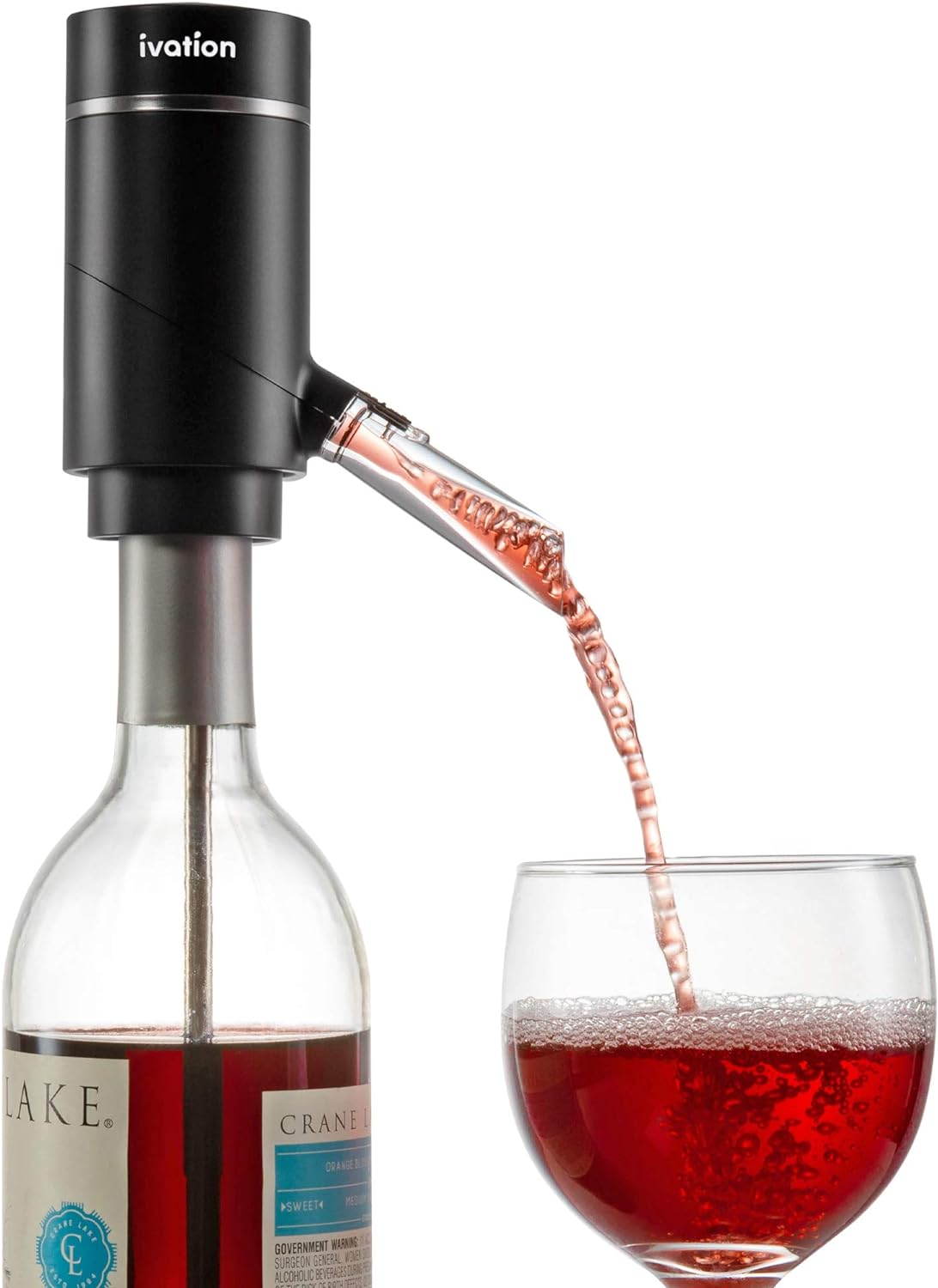
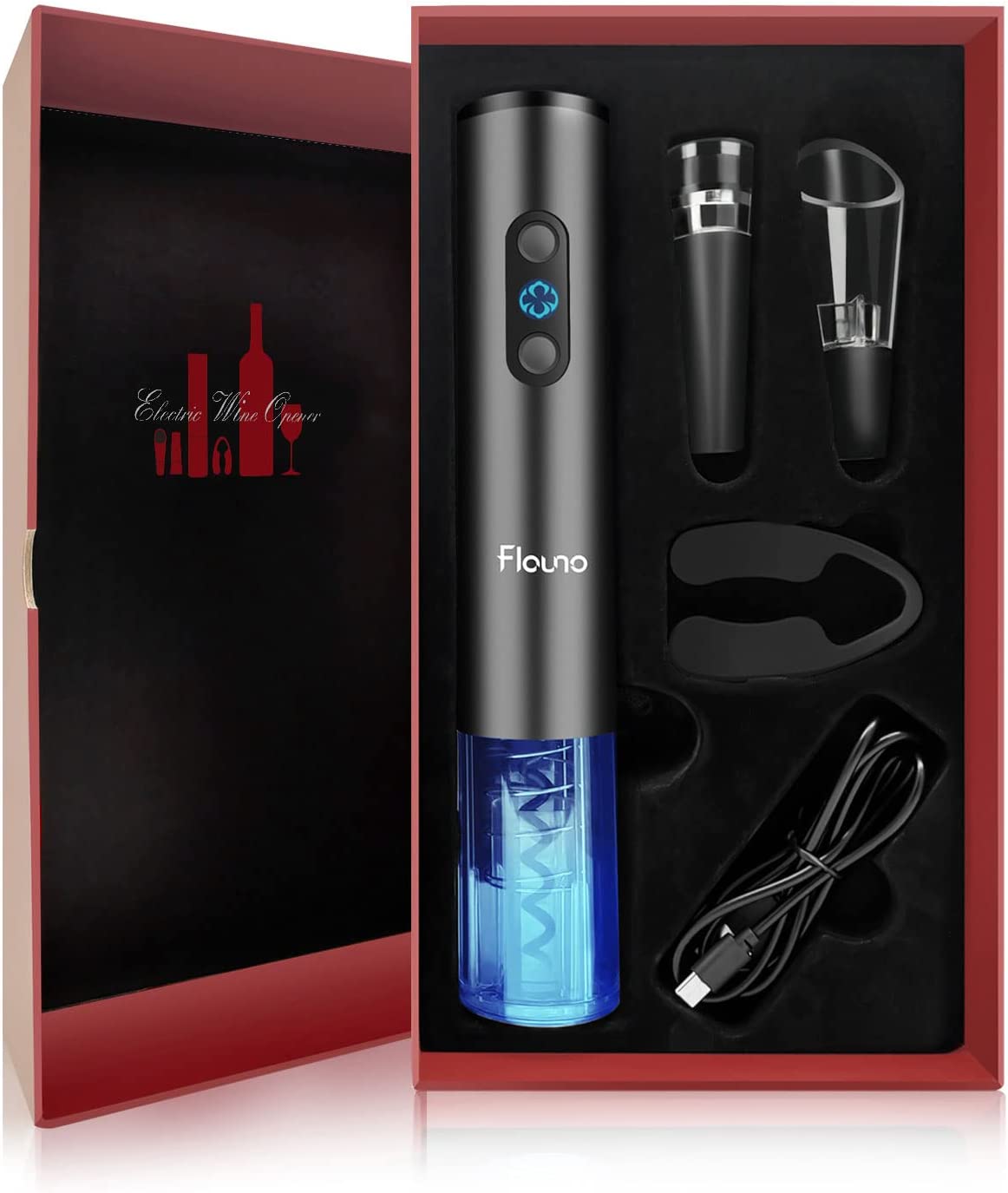
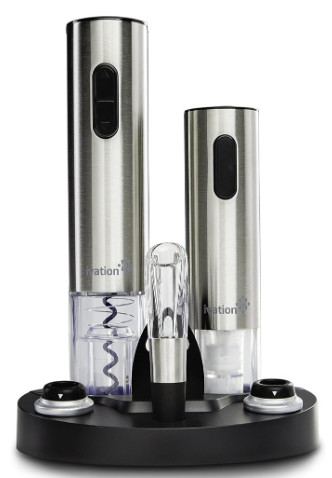



This guide on wine serving temperatures is incredibly helpful! It clearly outlines the ideal temperatures for different types of wine, ensuring that each bottle is enjoyed to its fullest potential. I especially appreciate the tips on how to properly chill and store wine, along with the importance of using the right glassware. The detailed temperature table is a great reference for wine enthusiasts, making it easy to remember the specifics for various wines. Overall, this is a must-read for anyone looking to enhance their wine-drinking experience!
https://www.luxurybubblebasket.com/